Cambodia Revisited
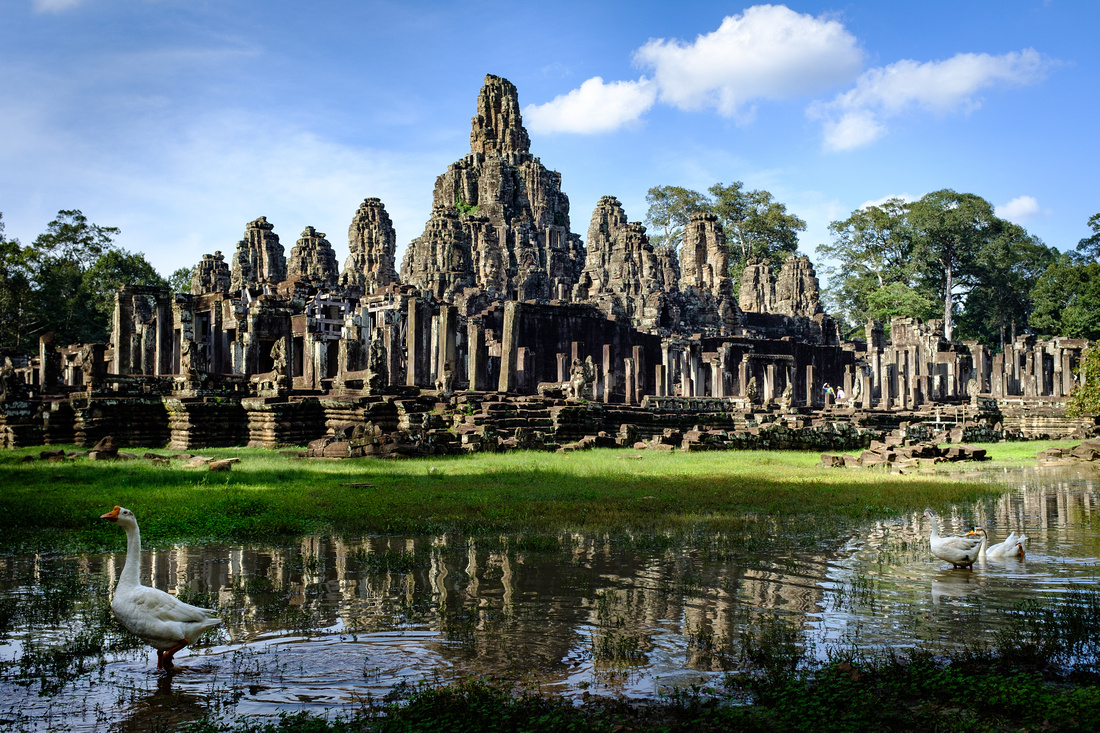

One of the nice things about revisiting a location you have particularly enjoyed in the past is that you tend to look forward to a great many activities and places without worrying about the tedium of doing it all over again. But sometimes inevitable change, however small, comes in the way of your historical perspective, impacting it in ways that you could never imagine.
Such was the case with my second visit to Siem Reap. I had first visited 6 years ago. At that time, a little over a decade had passed since the end of the civil war and the beginning of proper reconstruction in Cambodia. Siem reap looked like a somewhat mouldy, colonial town where the old and the new had settled their differences with a grudging amicability. Today Siem Reap looks like a town that has understood the requirements of the budget and the leisure tourist. There are large hostels that cater to the teeming crowds from China and Thailand. There are the five and (if I may be permitted the term) seven star luxury hotels and spas that have sprung up like desert roses after a short shower. There are chic restaurants, a plethora of quality street food kiosks, night markets where you bargain just to pass the time, and more sit-down and mobile bars than you would care to count. Day-time activities for the more eclectic tourist including pottery, jewellery-making, carving and cooking classes are now par for the course. In fact Siem Reap resembles nothing more closely than Hue or Chiang Mai now, with its broad streets, branded stores and restaurant clusters. In a few years it may very well outdo Hoi An for quaintness and homogeneity.
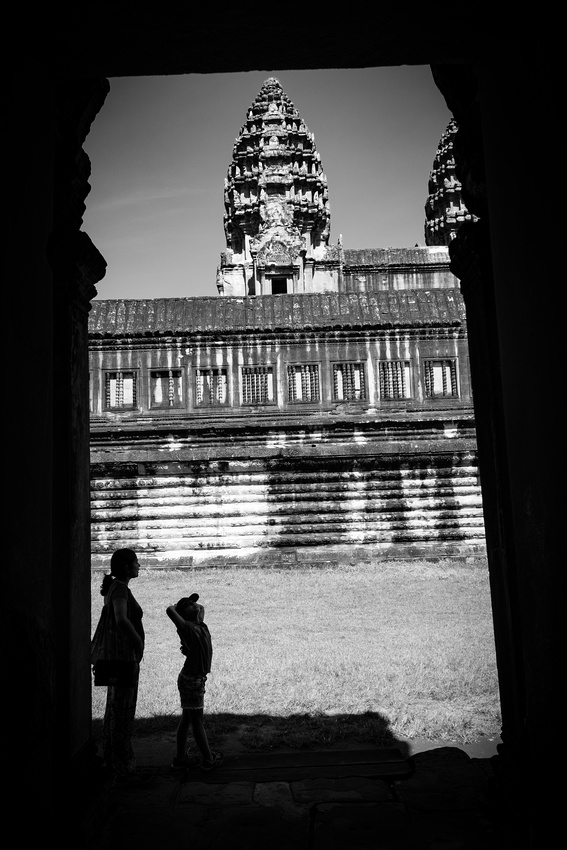

But all this does not take any from the fact that Siem Reap is a great weekend, 3-day, 4-day or one-week getaway for the cultural, ecological, religious or accidental tourist alike. It is now easily accessed by a number of airlines at all times of the day from every major hub in South-East Asia. Visas may be had on arrival, but the wait may be such as to drive you crazy; best to acquire one before you depart for Cambodia. Once you have dispensed with the formalities of the airport, everything is but a short drive away. Being friendly is part of the Cambodian national character and tuk-tuk drivers, hotel staff and shopkeepers will all go out of their way to make you feel at ease even when they are being over-solicitous. You don't have to plan too much ahead; everything is accessible, everything is mostly affordable, and everything can be planned at almost the last minute. The issue is really the throngs who are all interested in the same itinerary as you! And there are but two ways to beat this: either visit in the off-season and hazard the rain, or book a private car and plan your daily route to be an hour ahead of or behind the tour buses that follow a fixed schedule.
With all the logistics planning out of the way (it took about an hour to do this after we checked into our hotel), we proceeded to the part where we began to enjoy our 3-day getaway in earnest. We had chosen the Borei Angkor Hotel and Spa (again) for its large airy rooms, courteous staff and simply awesome breakfast. The rooms were still airy, spacious, luxurious. They still served diverse and delicious fare at breakfast. But the staff, while courteous, were somewhat more self-conscious and formal - one of the hazards of a place becoming a must-see tourist destination. In such places, everyone eventually begins to behave like the staff at The British Museum!
But we were not to be put off and decided to spend our first afternoon visiting a few craft workshops before heading into one of the main thoroughfares to sample the local fare and the night market. This is where we got our first shock! The handicrafts that had been so beautifully hand-made and displayed at Artisans d'Angkor in the past now appeared suspiciously to lack the little inconsistencies that are the stock-in-trade of the master craftsman. And the prices had at least doubled since the last time we had visited. And so, somewhat in despair, we made our way to the street food stalls and mobile bars that lined the night market. These, at least, did not disappoint! For the beer index (that universal inflation peg for South-East Asia) had not really moved an inch. Where else in the world can you get a 50ml peg of Macallan for only $1? And the food, like the street fare in neighbouring Vietnam or Laos, was excellent.

 A craftsman at Artisans D'Angkor
A craftsman at Artisans D'Angkor
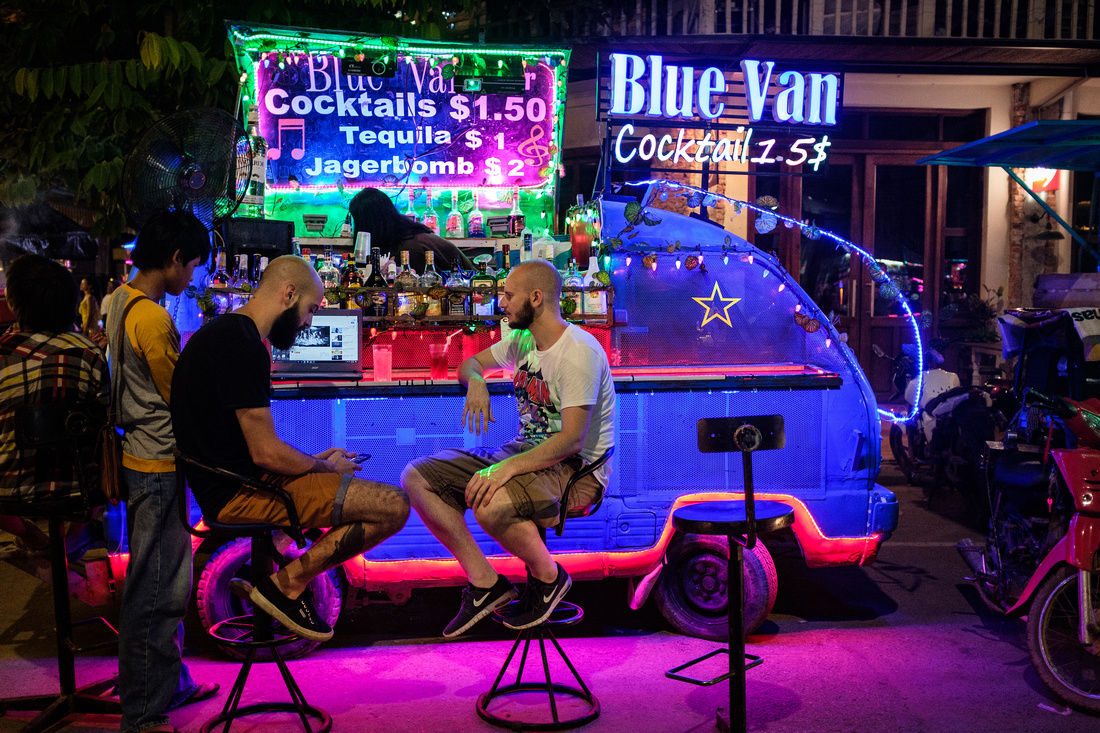
 Psychedelia at its most vibrant
Psychedelia at its most vibrant
Unlike many who tend to visit the temple complexes all at once on their first day or two, we chose to start as far way from Angkor Wat as possible and then make our way back to the centre. So Day 1 was all about visiting Kbal Spean with its river of a thousand lingas and Phnom Kulen whose waterfall and sandy river bed are more spectacular than the reclining Buddha in the temple, a la Wat Arun. From here we travelled to Banteay Srei, arguably the prettiest temple in the whole of Siem Reap. Constructed by a royal counsellor rather than a king, this Hindu temple was never used as a Buddhist monastery. The intricacy of the carvings and the quality of sandstone used to build the temple never fail to impress. Coming from one who has suffered a surfeit of impressive temples across the length and breadth of India, Banteay Srei was still able to impress me after a 6 year absence. Finally, we made our way to the banks of the Tonle Sap lake, hopped on a boat and meandered through the floating village of Chong Kneas where we were able to view a sunset fit to inspire Turner. The evening was spent at Amok, a traditional Khmer (pronounced KHMAEE) restaurant, where a shot of traditional Coconut-Pineapple Sombai (rice spirit) was followed up with a mango salad, Khmer soup, a freezing cold beer, Amok, Khmer Curry, another freezing cold beer and then a ravishing chocolate dessert. You never feel bad about dinners like this when you know that the next day involves some strenuous hiking!
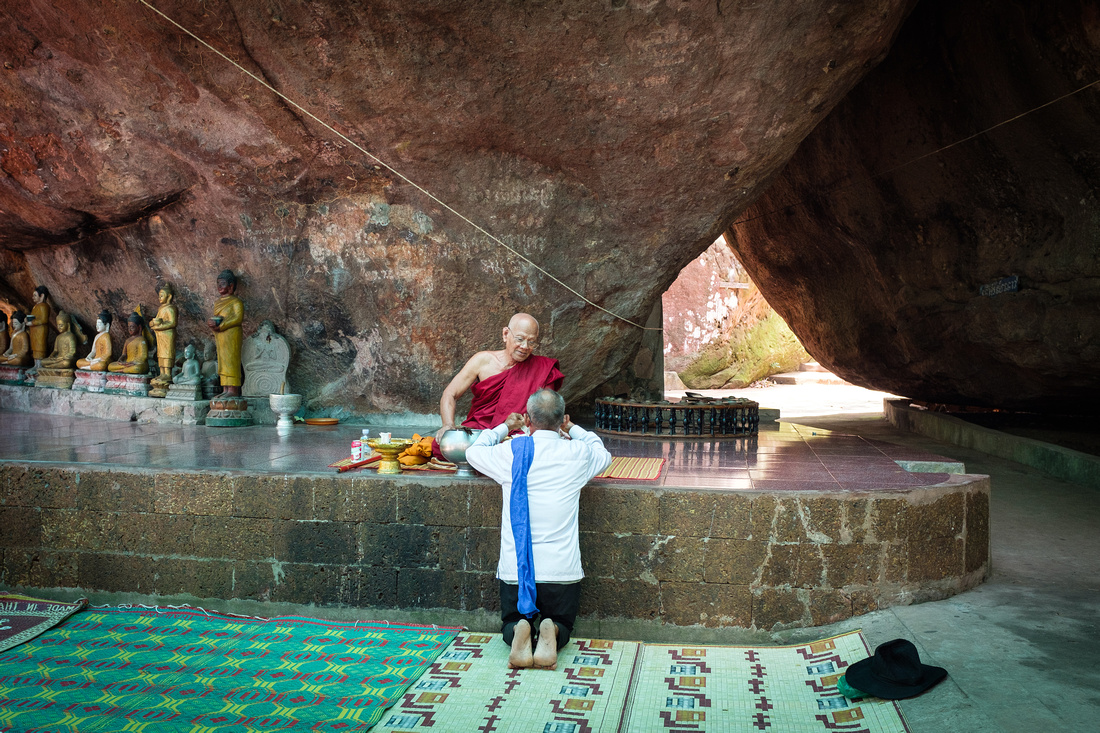
 Phnom Kulen Temple is fully operational and open for penitents
Phnom Kulen Temple is fully operational and open for penitents
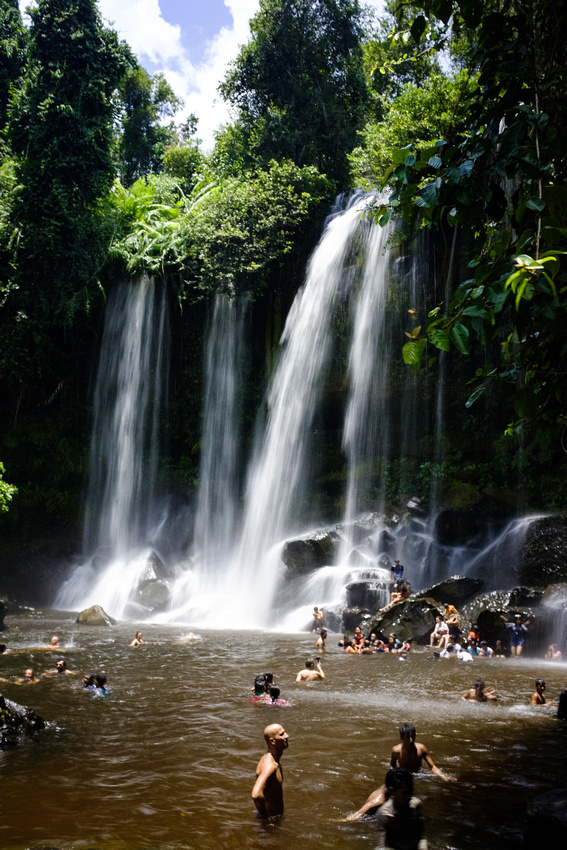

The waterfall and the surrounding pool provide welcome relief
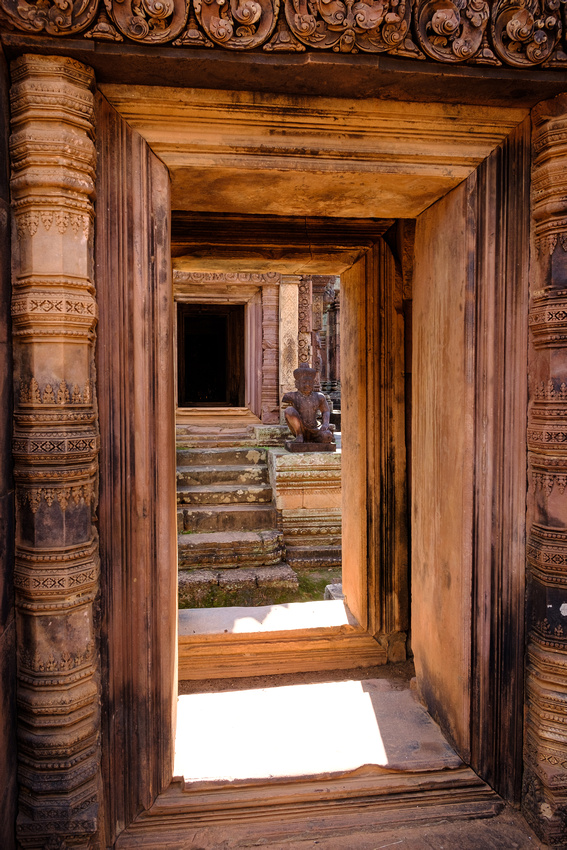

The exquisite sandstone used at Banteay Srei makes it stand out as the pinnacle of Cambodian temple art
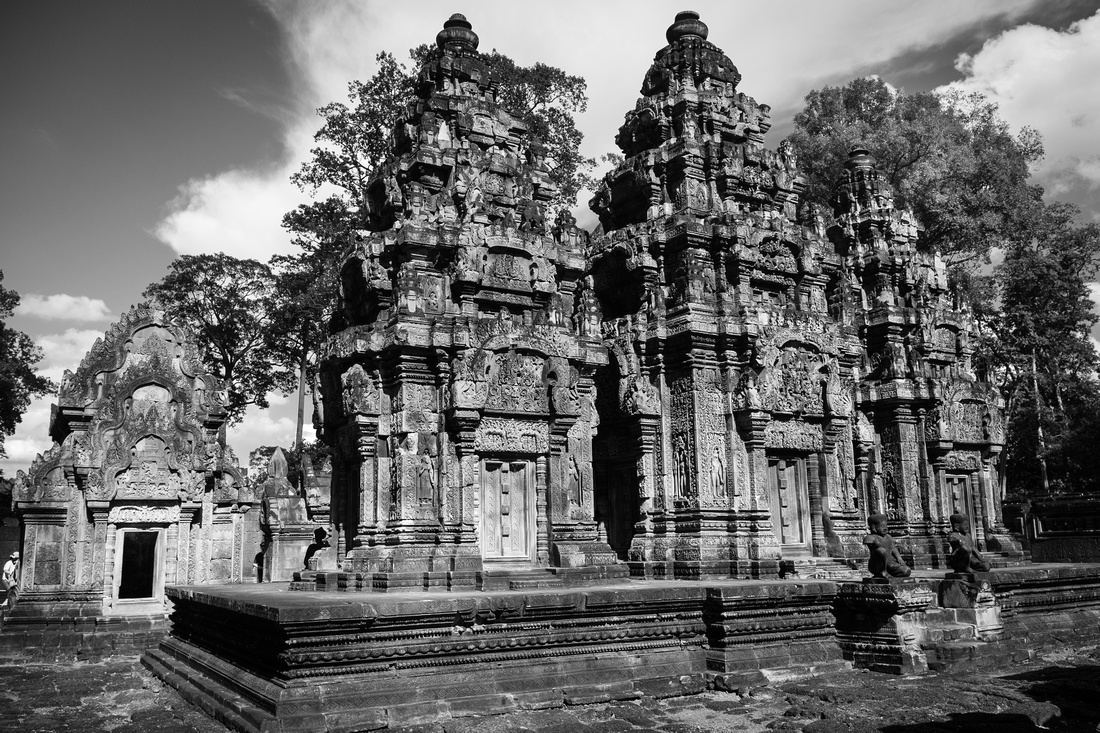
 Well preserved, the temple is situated some 20km away from the main Angkor Thom Citadel
Well preserved, the temple is situated some 20km away from the main Angkor Thom Citadel
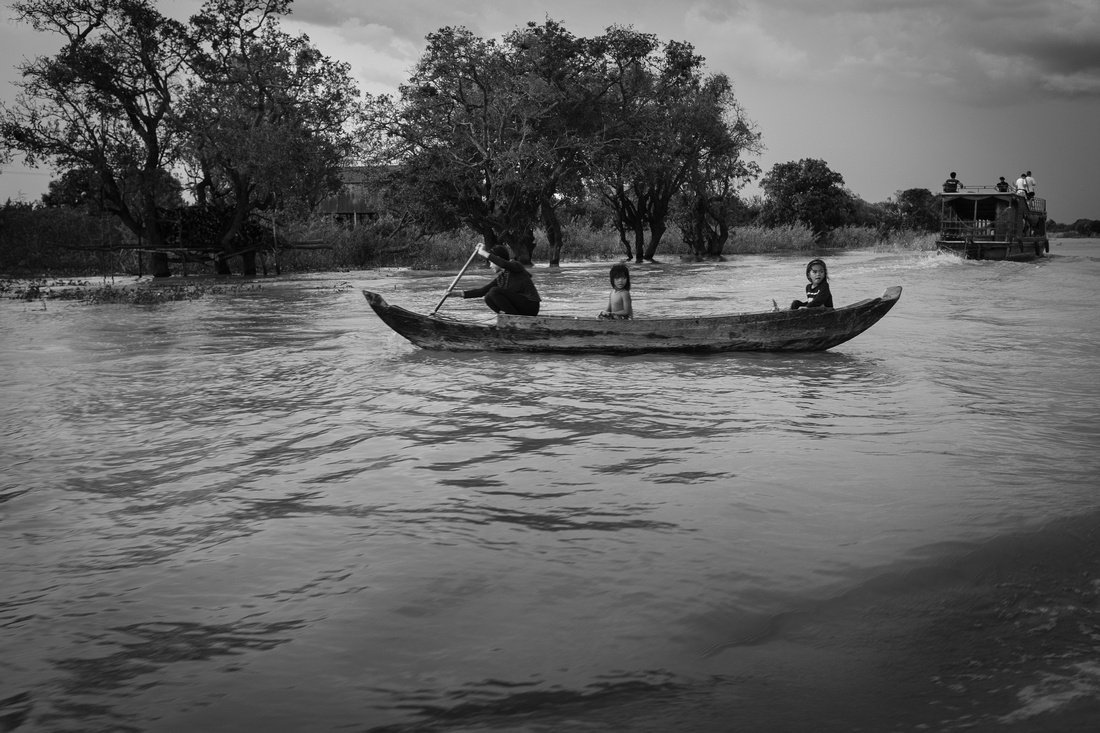
 Family navigating the waterways near Chong Kneas
Family navigating the waterways near Chong Kneas
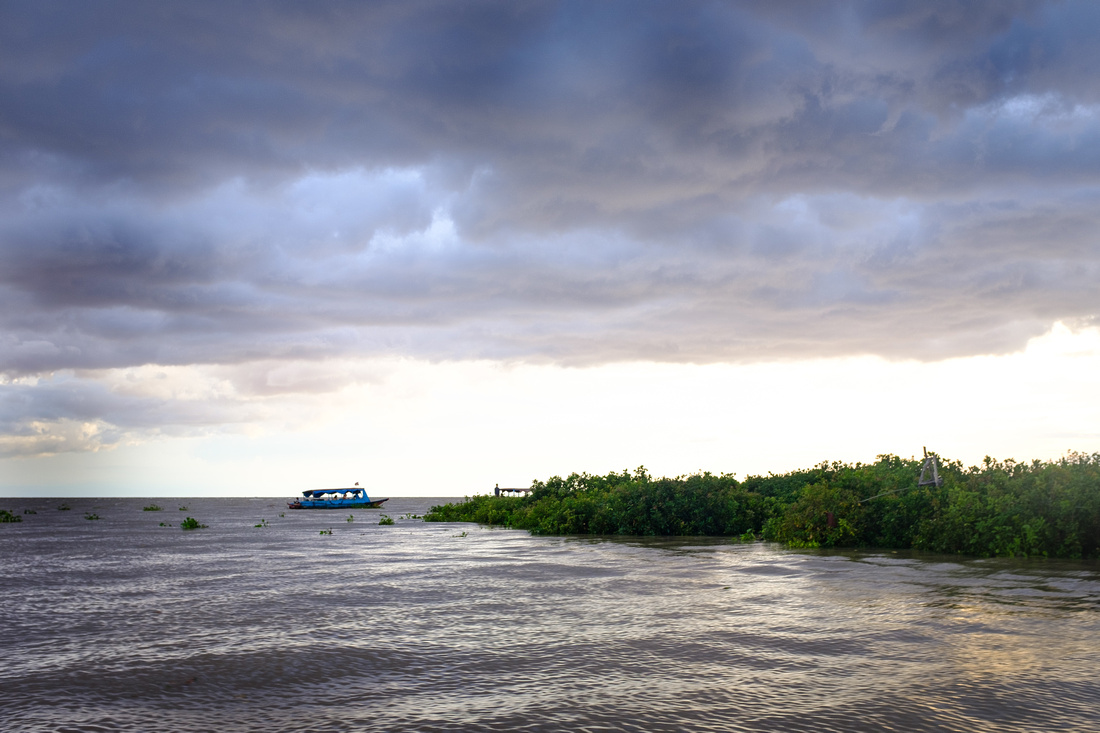
 Gathering storm over the Tonle Sap lake
Gathering storm over the Tonle Sap lake
After a hearty breakfast the following day, we decided to take the temple tour, visiting those places that had particularly enthralled us the last time and at least two that we had not visited earlier. Naturally, if one has come all the way to Siem Reap, one cannot avoid paying obeisance to Angkor Wat, undoubtedly the largest temple complex ever built to honour Vishnu, the preserver of the three worlds. Arguably, the greatest artistic achievements here are the bas-reliefs, with the northern and southern reliefs depicting the battles of the Ramayana and the Mahabharata respectively. Nowhere in extant Hindu temples will you find such a complete and well-preserved tableaux. In fact, except for a few grand temple complexes in the eastern and southern parts of India, you are not likely to find such a large, magnificent Hindu temple complex at all. For in addition to appeasing the Gods, this complex was also meant to immortalise the epic ambitions of its royal benefactor, Suryavarman II. You can spend a whole day at Angkor Wat and come away with the feeling that you have not spent enough time exploring every aspect of note. But if you can live with a 4 hour visit, here are some recommended highlights: the bas-reliefs, the apsaras, the library, the basins in the cruciform cloister and the view from the upper gallery.
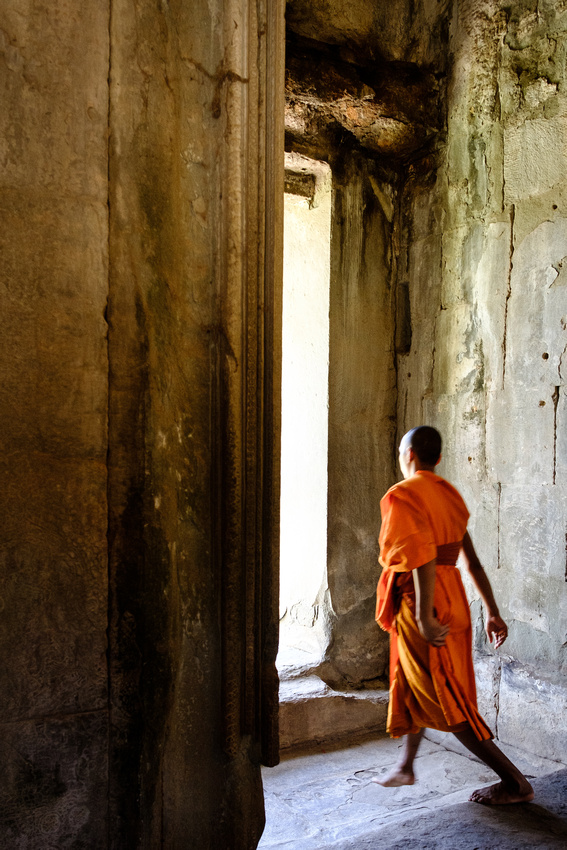

Stepping forth in Angkor Wat
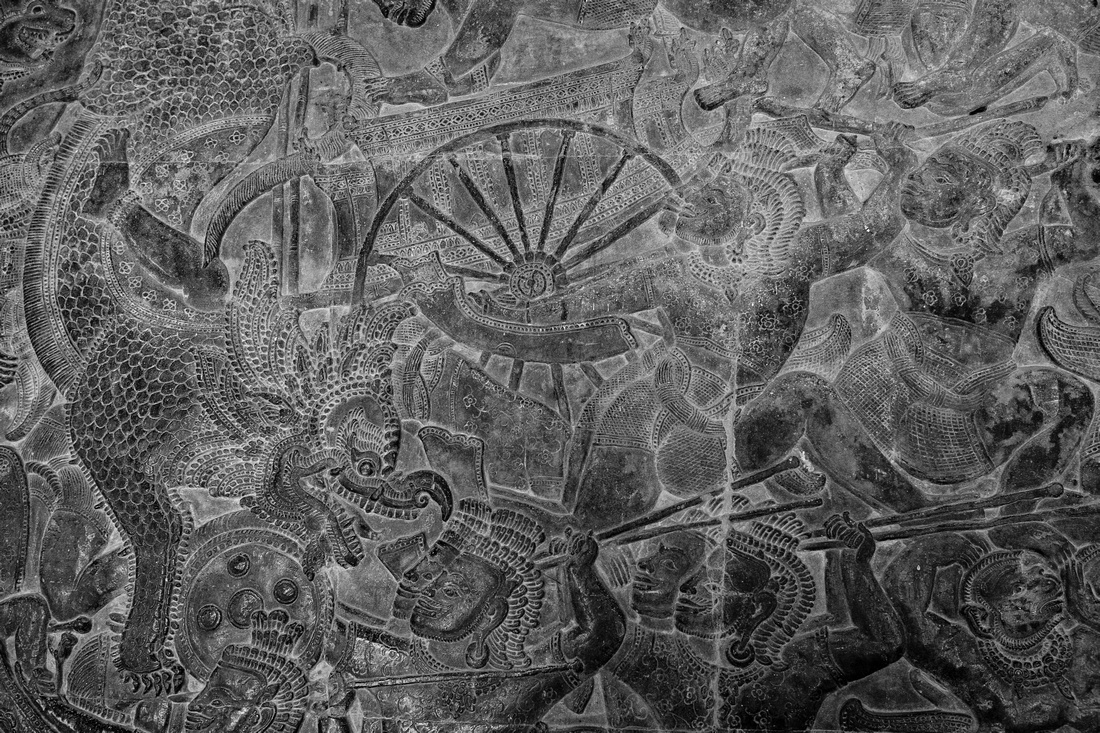

And the bas-reliefs depicting the Ramayana and the Mahabharata are as good as it is going to get anywhere on earth


Long corridors full of a large variety of Apsaras greet you
From Angkor Wat it's only a short distance to the fortifications of Angkor Thom. This walled city has some of the most amazing and diverse temples to be found within a three kilometre radius anywhere on earth. Most impressive of these is the enigmatic temple of Bayon, with its myriad faces, each one watching over the surrounding countryside, a hundred big brothers, the eyes and ears of a king, conscious of his power and achievements, unashamed of laying down, in the form of a temple, his naked intentions. In fact, there is no king since Ramses II, who has left such an indelible impression of his visage on the sacred architecture of his country as Jayavarman VII! And while the faces are the main attraction, the bas-reliefs, more secular in nature and meant to be a testament to the events that led to the rise of Jayavarman VII and to his heroic exploits, are no less spectacular than those found at Angkor Wat. As we headed back to town, we stopped to view Bapuon (and I'm still not clear how to describe it), the terrace of the elephants and the terrace of the leper king (more Yama, but anyway!). As we passed the south gate and began to cross the moat, there stood before us 54 gods and demons, all churning the ocean of milk in an endless enactment of the struggle between good and evil.
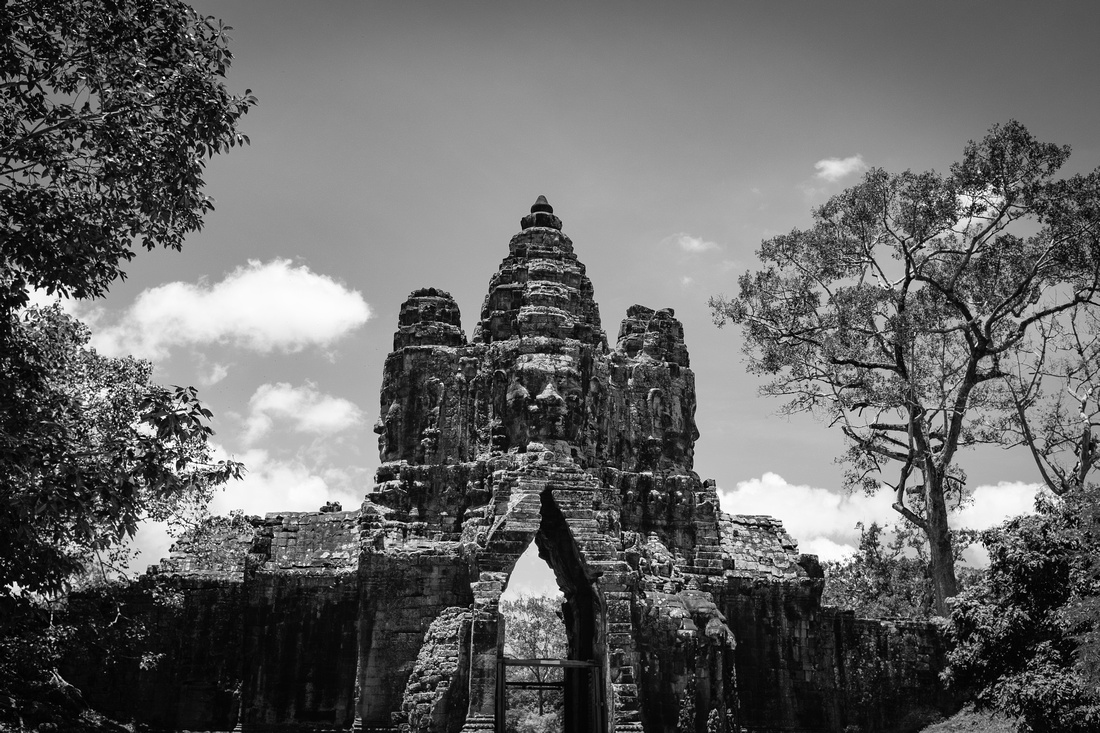

The south gate into Angkor Thom that presages the face of the temples within
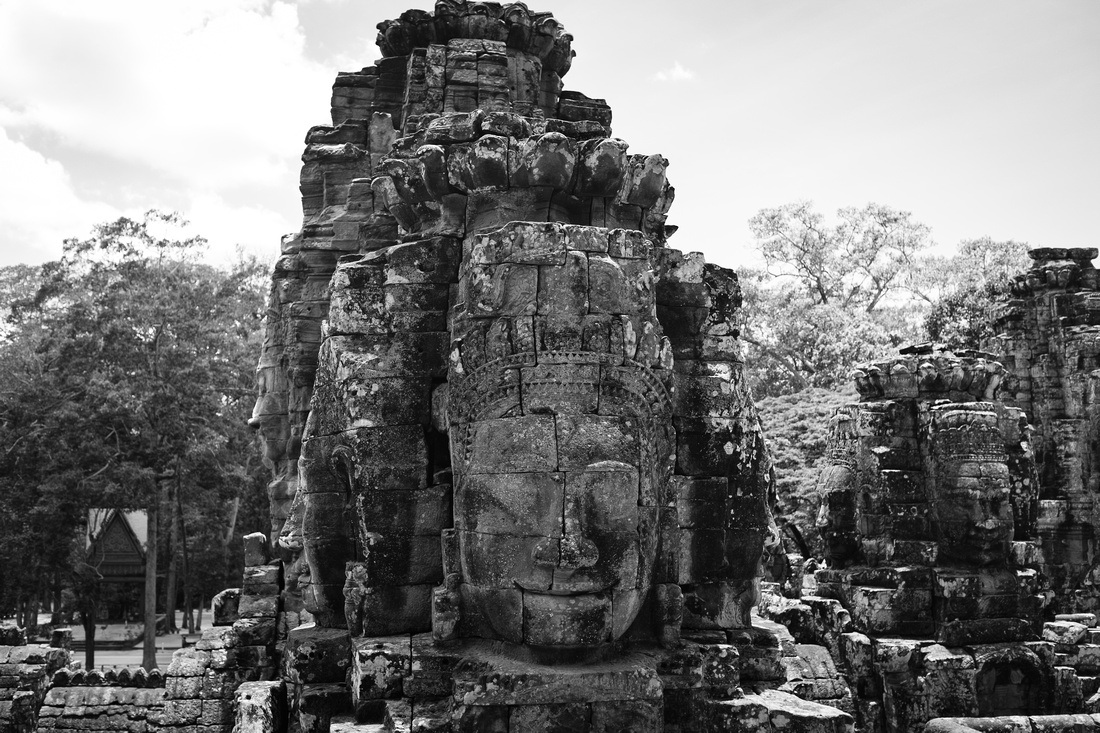

Bayon, with its monolithic heads, is certainly the most spectacular temple in the Angkor Thom complex
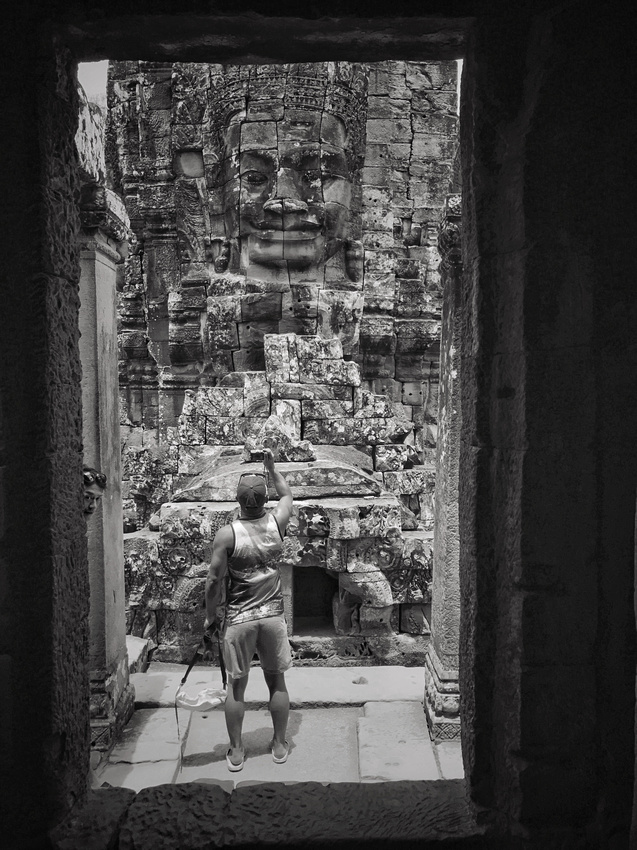

A few tourists resisted the urge to take selfies at Bayon
That night, we headed towards the canal and chose to eat at Chanrey Tree, certainly one of the best and most classy Khmer restaurants at which one can dine. Once again Amok was the signature dish. But the pomelo salad and the cocktails were equally fantastic! In fact both Chanrey Tree and Malis are new entities that are a sign of just how much the canal front has developed in half a decade. What was once a sleepy, underdeveloped waterfront which was dark and quiet by 8PM, now has a vibe and night scene to compete with many other southeast Asian tourist destinations.
We woke early the next day. Really early. To view, with about a million other tourists of every provenance, the sunrise over Angkor. This has to be the most overrated, underwhelming and claustrophobic gathering of people at 5AM this side of the Greenwich Meridien! If you are a professional photographer, you will hate it; if you are a serious traveller, you may begin to prefer staycations; if you are a casual tourist, you may be put off celebrity destinations forever. And the clouds played spoilsport. Enough said! In order to access the upper gallery of Angkor Wat, you need to climb a sheer staircase that is open from 630AM to 530PM. If you cannot get upstairs by 730AM, you may need to wait for up to two hours in line (with temperatures that soar up to 38C and humidity that usually stays constant at 75%) before you experience the pleasure of ascending to the Gods. Realising that the sunrise was not going to be particularly Homeric, we rushed to the main building and attempted to get to the front of the line so that we could be among the privileged few who could climb to the top and climb back down before the sun made us all feel his ire. Once up there we took in the vistas, marvelled at the scale of this edifice and its supreme location, and pondered about the indomitable mind, will and ambition that ensured its eventual construction!
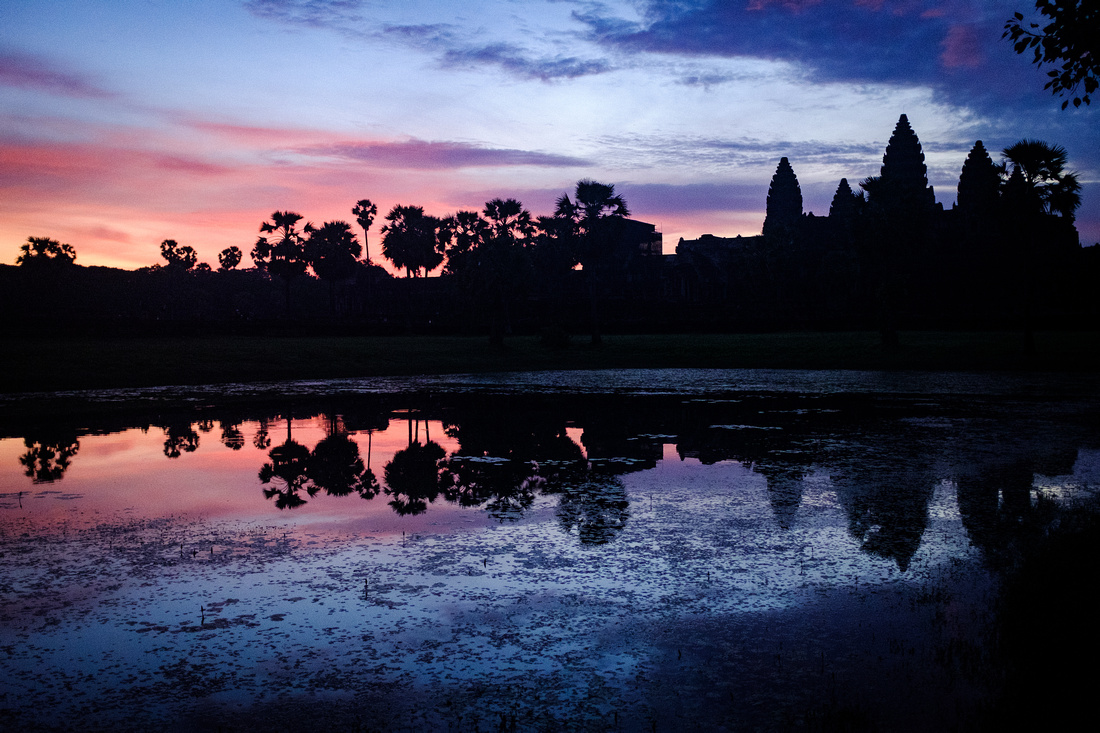

The iconic silhouette as dawn's rosy fingers appeared in the sky
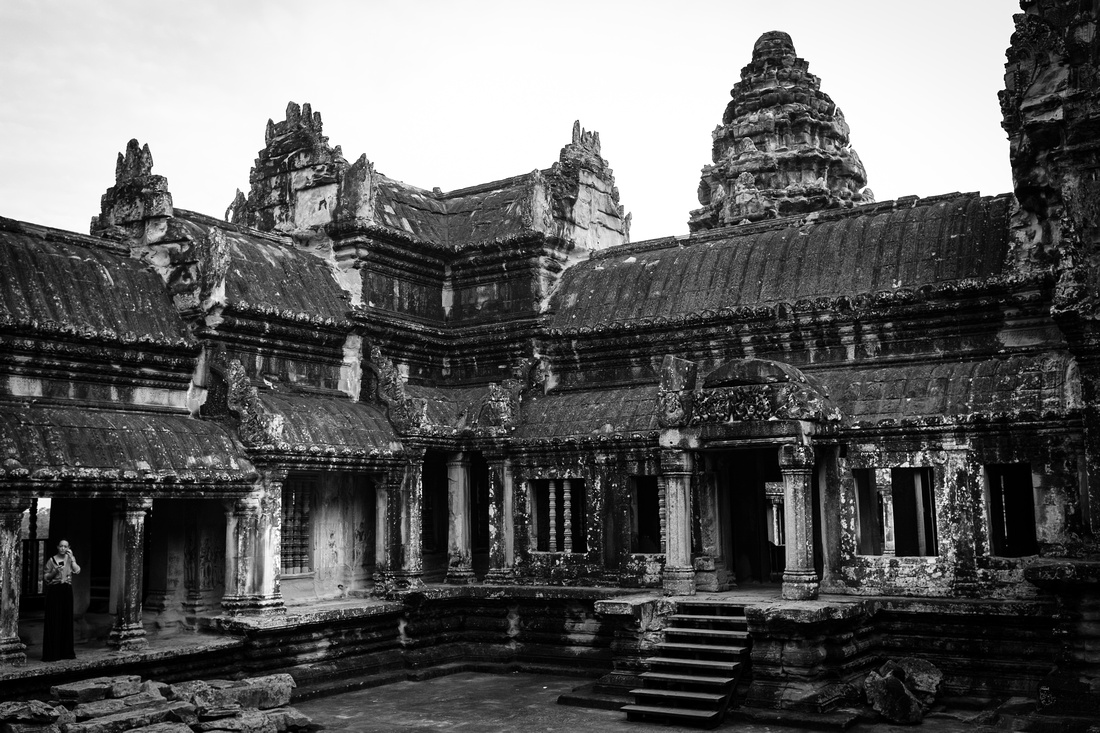

To fully appreciate the scale of Angkor Wat you need to visit the upper galleries
Having had our fill over two days and wanting to take our leave before Angkor Wat dwarfed and trivialised all other construction, we made our way to the temples that have been taken over by nature and have been made justly famous by the giant figs that now lord it over the works of man. Perhaps the most famous of these is Ta Prohm (not least because it featured in the Lara Croft movie). But it is also the most annoying because there is always a great migration of tourists there that push and rage like wildebeest. Far more impressive, both as a temple and as a ruin with a resident giant fig, is Preah Khan (temple of the Sacred Sword). The edifice is full of lichen-dressed stone, fine but hidden carvings and archways and openings that would thrill the heart of even the most bored schoolboy. It is the archetypal "look what we came across in the jungle" ruin, waiting to be rediscovered anew with every visit. Less frequently visited for reasons of which I am unaware, this temple can, on a day that the weather holds up, impress the most jaded tourist. We wound up our trip by visiting Preah Neak Poan and Pre Rup, the former an island temple approached through a 600 metre walkway and the latter an earlier Hindu pyramid-style structure, that is fun to climb.
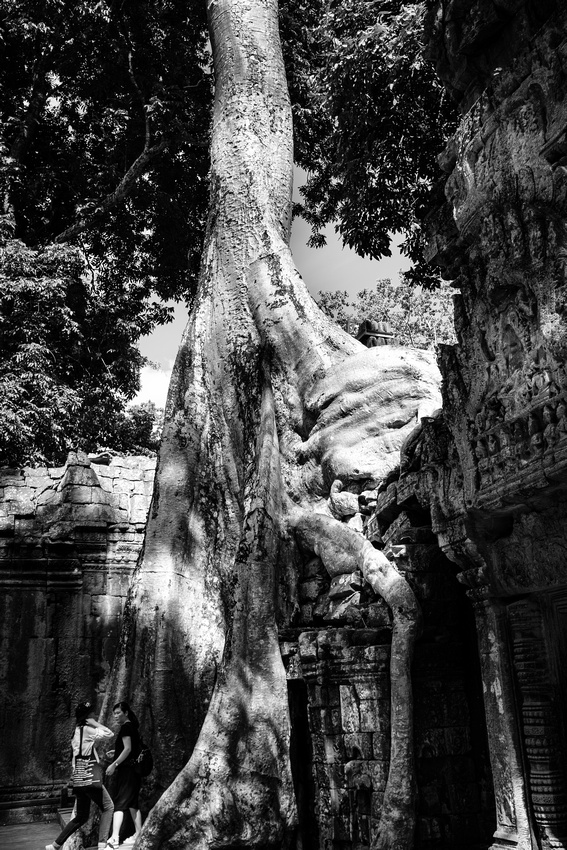

After the wildebeest have dispersed at Ta Prohm
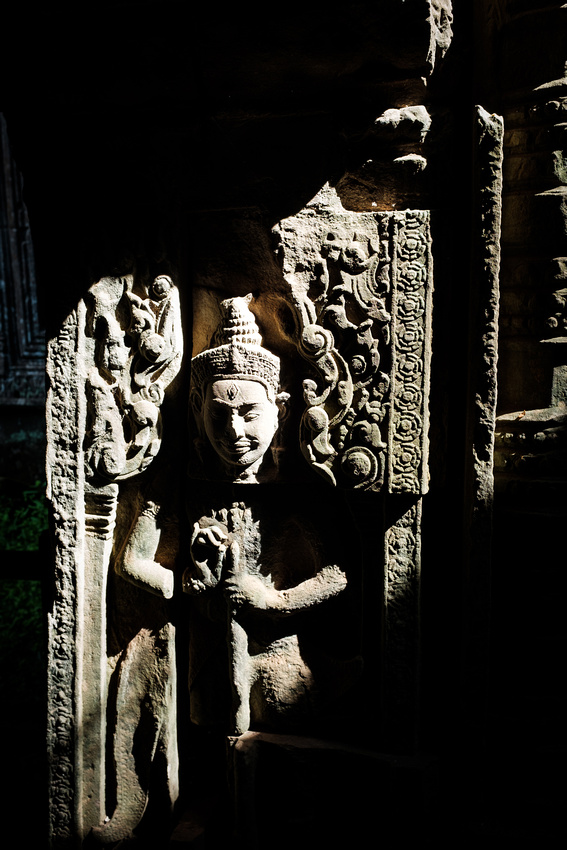

More impressive than the ruined temple is the stonework
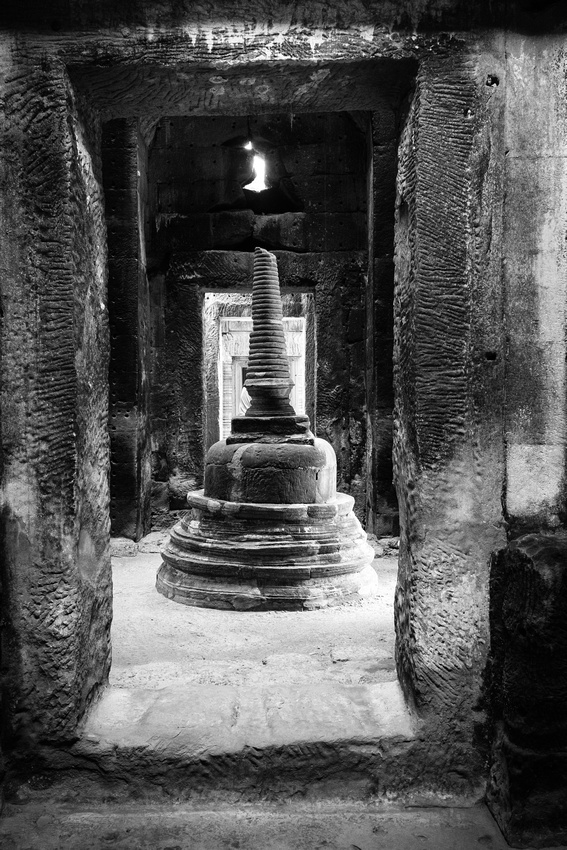

A Buddhist stupa in Preah Khan
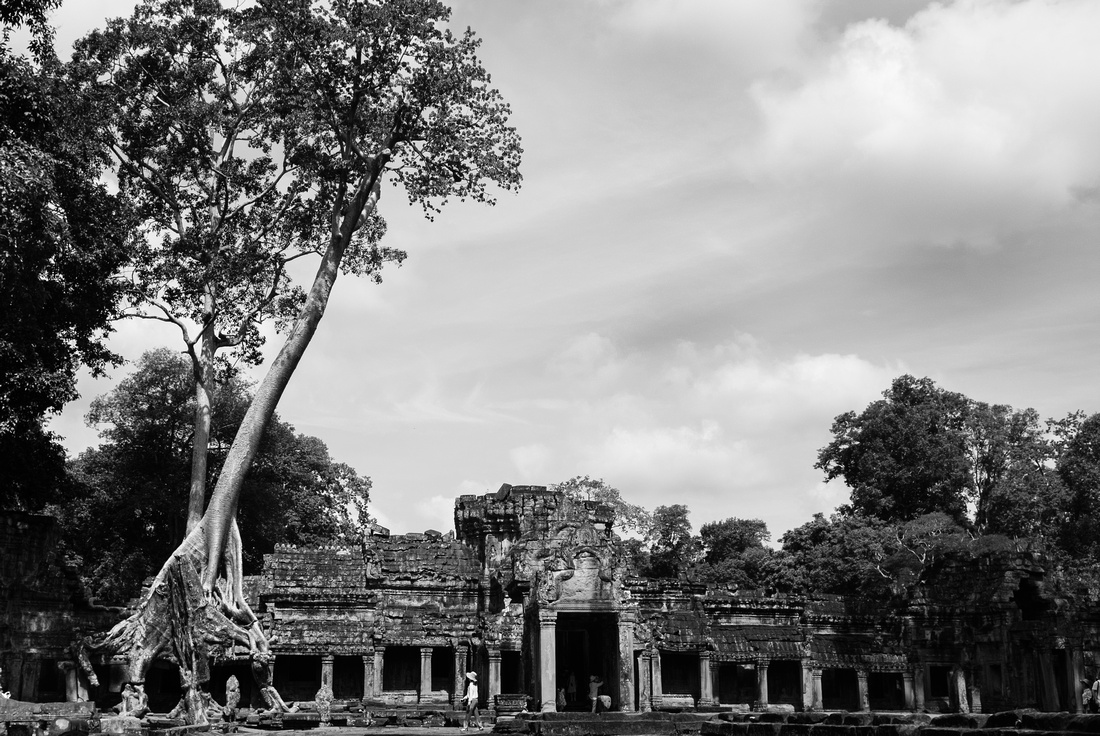

More impressive than Ta Prohm, Preah Khan's figs are also more massive
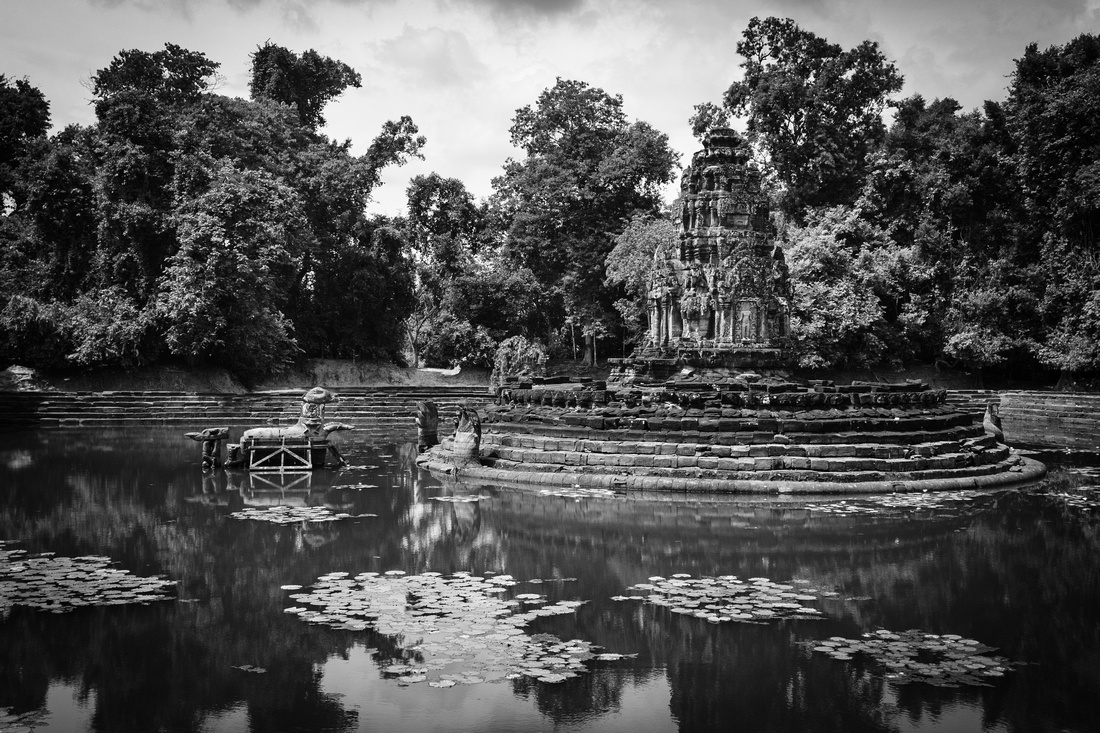

The walkway to Preah Neak Poan was full of signs that warned against straying from the path on account of landmines!
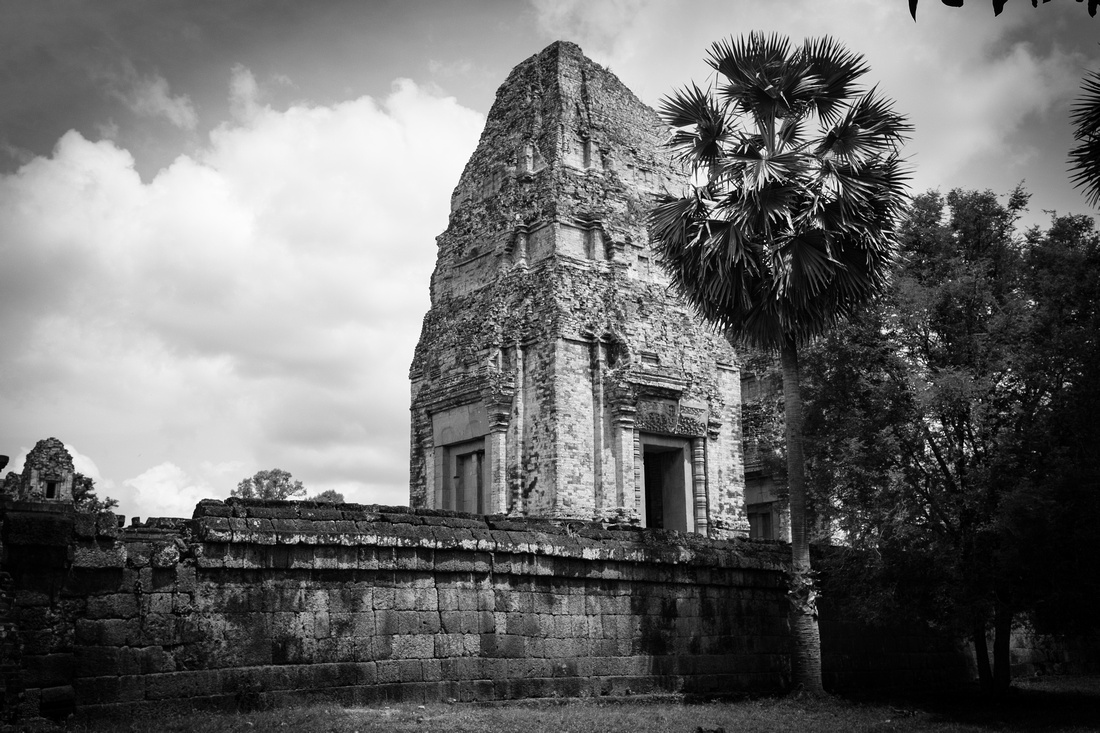

Pre Rup was the last grand temple built from bricks rather than stone
On our last night at Siem reap, we decided to eat at Sugar Palm, whose wooden structure and fixtures provides the perfect backdrop to round off your Khmer experience. We then visited the old market (Psar Chaas) and the Made in Cambodia Market that displays everything from handicrafts and modern pottery to apparel and funky household items. This last is certainly worth a visit as it is noisy, affordable, is flanked by bars and restaurants that play live music, and affords you a taste of some very delicious coffee and chocolate-based desserts.
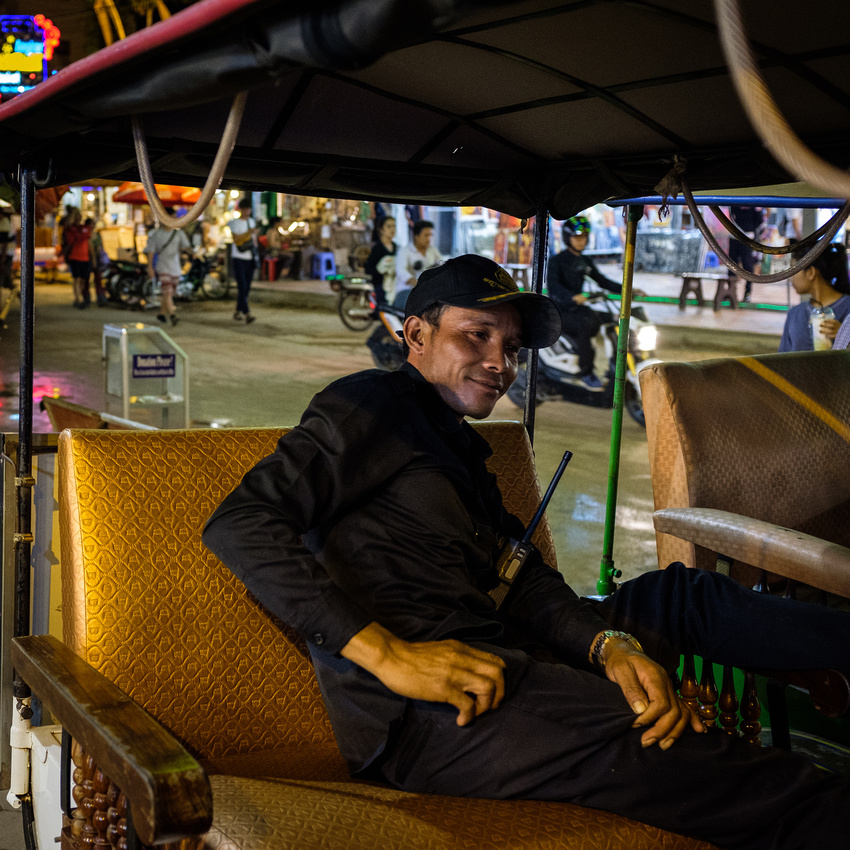

A night Market policeman wakes from his snooze
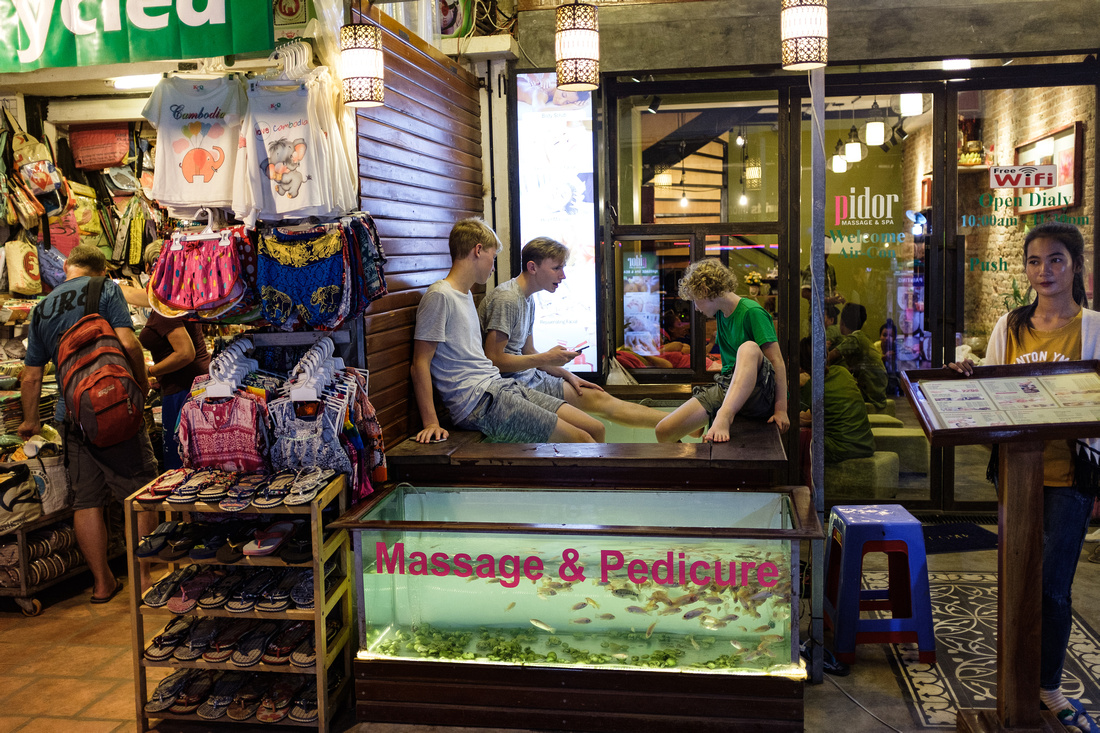

There's something for everyone at the night market
Our visit was concluded shortly before the trouble began. The last time we were here, the only thing on people's minds was development. As a result, courtesy, honesty, and candour were prevalent in generous measure. But development that has obviously bypassed a sizeable section of the people seems to have taken its toll. As we speak, newspapers have been shut down, parliamentary opposition is suppressed and openness, integrity and tolerance have all fallen victim to political ambition. While many think Phnom Penh is far away and that the idyllic ruins of Angkor are too precious to be tainted by the brief and tempestuous careers of a few politicians and their cronies, the consciousness of current facts are palpable in unease, in cautious responses and in political correctness. But Siem Reap has weathered much worse before and one hopes that this brief interlude too shall pass and that the people of Angkor, justly proud of their ancient inheritance, may continue to reap in full measure the benefits of their fascinating history and culture.